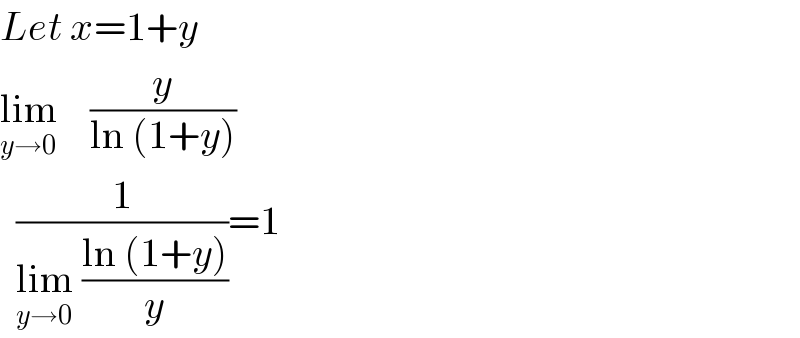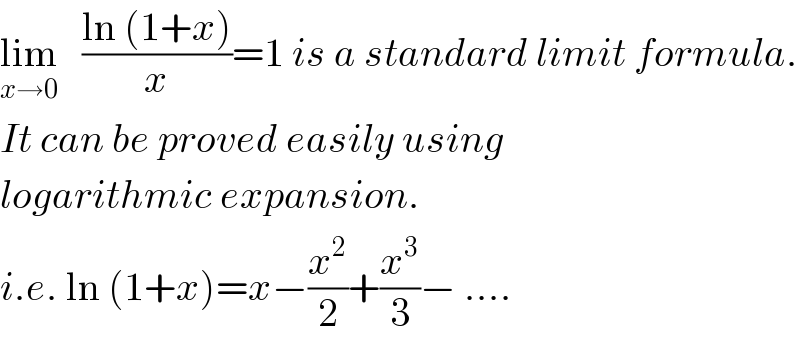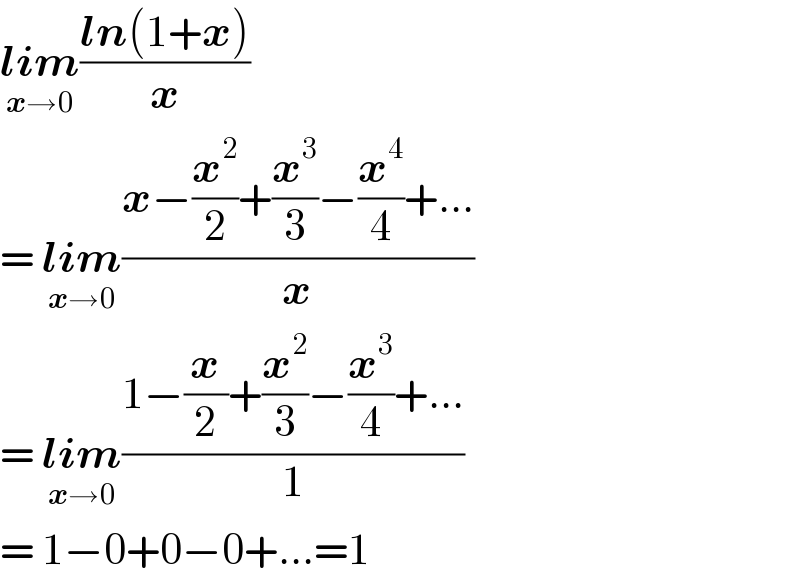
Question and Answers Forum
Question Number 71096 by Omer Alattas last updated on 11/Oct/19

Answered by $@ty@m123 last updated on 11/Oct/19

Commented by Omer Alattas last updated on 11/Oct/19

Commented by $@ty@m123 last updated on 11/Oct/19

Commented by malwaan last updated on 11/Oct/19

